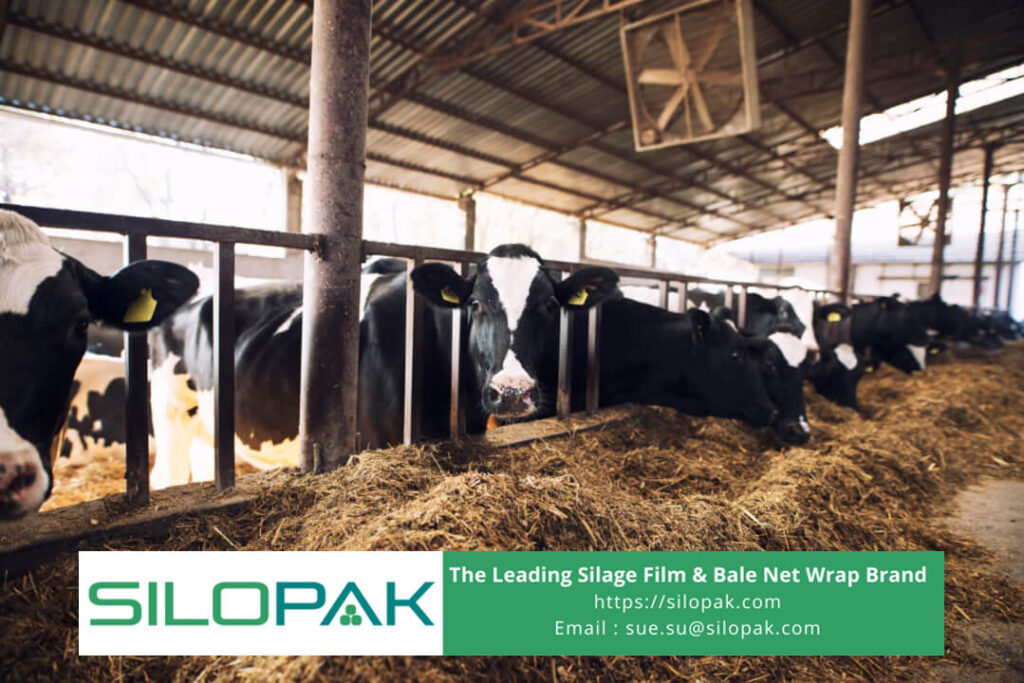
Good animal feed contains balanced nutrition and nutrition. By consuming food with balanced nutrition, the livestock meat that will be produced is also of high quality. One of the nutritional content in the feed is crude protein. These nutrients are also found in fermented or silage feeds. It is necessary to achieve a standard crude protein in silage content so that the feed can be said to be of high quality.
contents
What is the Crude Protein in the Feed?
Protein is a compound that is important for the body’s metabolism. Its function is for growth, replacing dead body tissue, and the formation of antibodies. Crude proteins are all bond compounds containing Nitrogen (N). Be it a real protein or any other substance that contains Nitrogen but is not protein. For example, urea, which is a non-nitrogen compound or NPN.
The unit used to measure crude protein is percent (%). Because it is obtained from the total protein content divided by the total weight of the livestock multiplied by (X) 100%. The existence of this crude protein in the body of livestock, especially ruminants, is very important. If the need for crude protein in the rumen is not met, then growth will be slow. The provision of crude protein must be following the needs.
Do not provide feed with crude protein content under the existing provisions. This can lead to less-than-optimal meat production. In addition, if you consume too much, it will lead to the health of livestock. For this reason, in general, crude protein in silage has a large impact on livestock health and digestive productivity.
Protein is an important compound needed by livestock. These compounds can be obtained from livestock from various sources. What you need to know, the amount of crude protein does not depend on how much protein is in the feed.
Is Crude Protein Important for Livestock?
Is the crude protein in silage important for livestock, especially ruminants? The answer is yes, especially the appropriate levels of crude protein in forages. Then what happens when the wrong level of crude protein enters the livestock body? A low level of crude protein percentage will result in the bacteria contained not being able to work properly in the digestive process.
Under such conditions, the digestibility and intake of livestock will decrease. Despite its importance, crude protein cannot be used as a measure of the energy value contained in forage feed.
In addition, this compound also cannot be an indication of changes in protein availability in hot conditions. Crude protein in silage plays a role in balancing the amount of protein in forages. Meanwhile, digested protein can be used as a guide regarding the protein levels needed by the rumen.
How to Increase Crude Protein Content in Silage
The right level of crude protein will benefit livestock. However, if the level of the compound given to livestock is not correct, it can cause digestive problems. If the forage to be given to livestock does not meet the required level of crude protein, you can do some things below.
Previously, several factors could cause a decrease in crude protein levels in forages. These include environmental conditions, improper selection of forage varieties, and inappropriate use of fertilizers, which could be lower or higher. The use of fertilizers with low nitrogen content can cause a decrease in the level of crude protein in silage.
Of course, this can be overcome, namely by using fertilizers with sulfur content, if fertilizers with nitrogen content are hard to find. In addition, don’t miss it when choosing seeds with good varieties. Next is to control the levels of phosphorus, potassium, and sulfur to keep it optimal. A final way to increase the crude protein in forages is to test the grass before mowing.
Forages with inappropriate levels of crude protein require nutritional supplements to increase protein. This is so that the forage-processing bacteria can return to work optimally. Corn gluten, soybean meal, and cottonseed meal can be effective complements to forage feeds. Because considering the cost to get nutritional supplements is quite expensive.
Crude Protein Concentration Level According to Environmental Conditions
The concentration of crude protein in silage varies. This may depend on environmental conditions. An environment with cold temperatures will produce forage feed with a higher crude protein content.
Crude protein concentration is also affected by the age of the forage itself. The older the forage, the lower the concentration of crude protein. But besides that, the fiber content will increase.
That is the importance of crude protein in silage for livestock. Of course, you don’t want livestock to experience digestive problems right? One way to prevent this is to meet the need for crude protein levels in the feed. The above has been mentioned how. It’s pretty easy to do. So it’s easy to get forage feed with sufficient crude protein concentration for your livestock.

